Spain South Costa del Sol, Valencia, Costa Bravo, Montserrat, Barcelona, Granada, Seville
This section consists of our trip the the Costa del Sol, Valencia, Costa Brava, Montserrat and Barcelona. I have also included a few pictures from Granada and Seville from a previous visit.


After two nights in Cordoba we caught a bullet train to Malaga on the south coast on the famous Costa de Sol. The walls of the Railway Station reflect that Picasso was born in Malaga.

 After hiring a car, we stayed with friends in Fuengirola for six nights during which time we took a trip inland to explore the historic town of Ronda, first settled by early celts in 6th century BC.
After hiring a car, we stayed with friends in Fuengirola for six nights during which time we took a trip inland to explore the historic town of Ronda, first settled by early celts in 6th century BC.
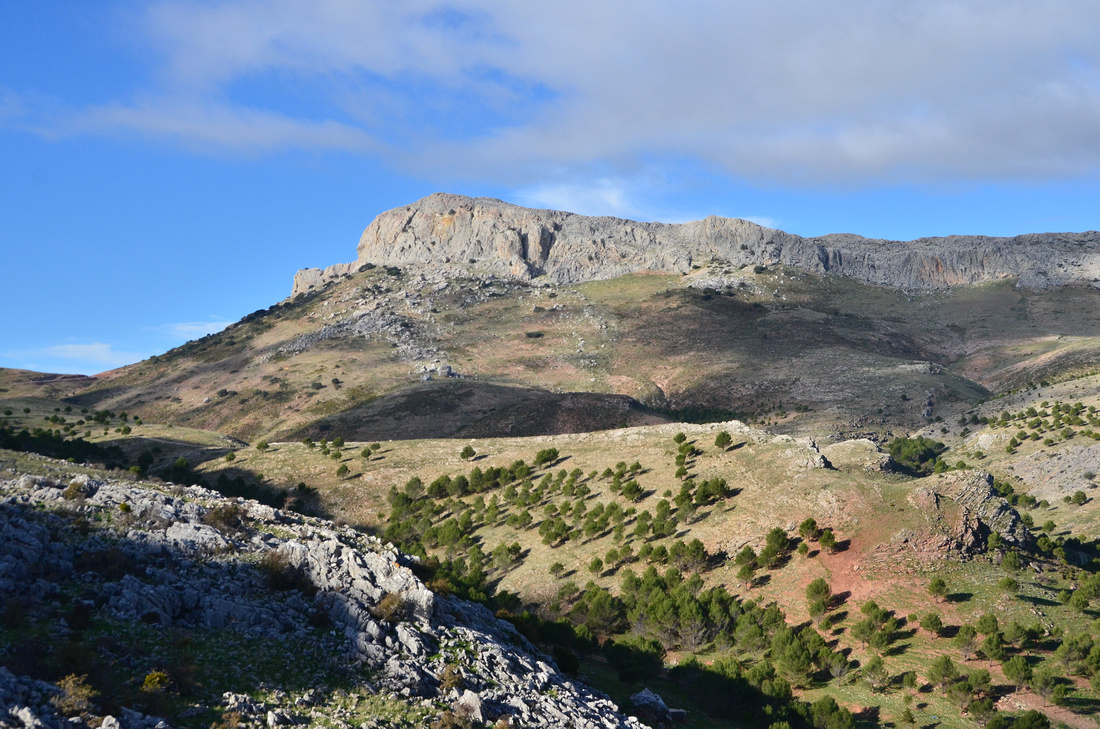




 Ronda is famous for the Puente Nuevo bridge, rising 120 m above the canyon floor.
Ronda is famous for the Puente Nuevo bridge, rising 120 m above the canyon floor.
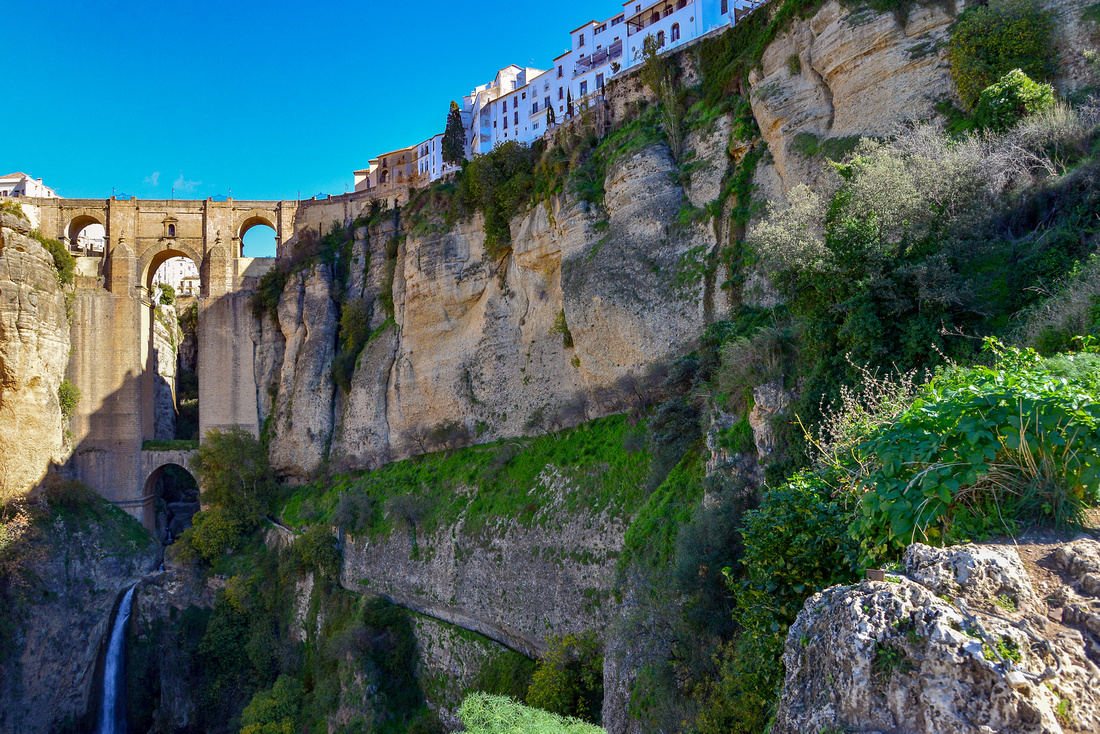
 Looking west from the bridge
Looking west from the bridge

 Wandering around town:
Wandering around town:
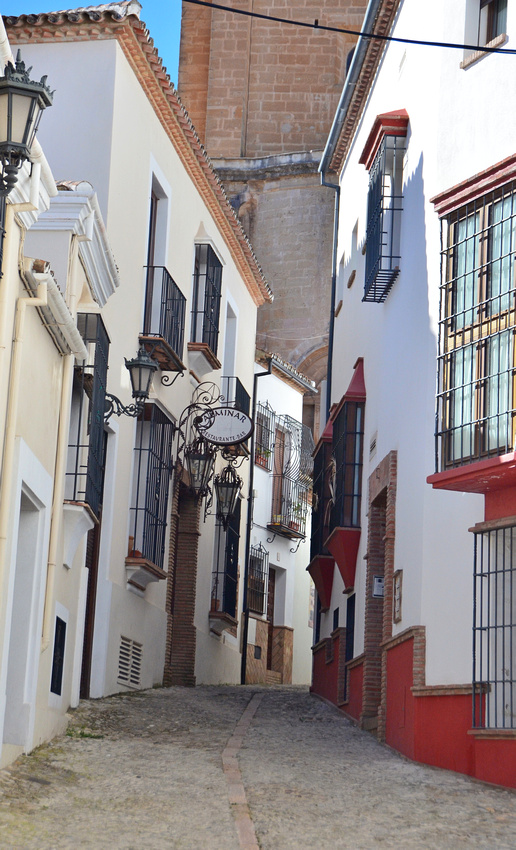





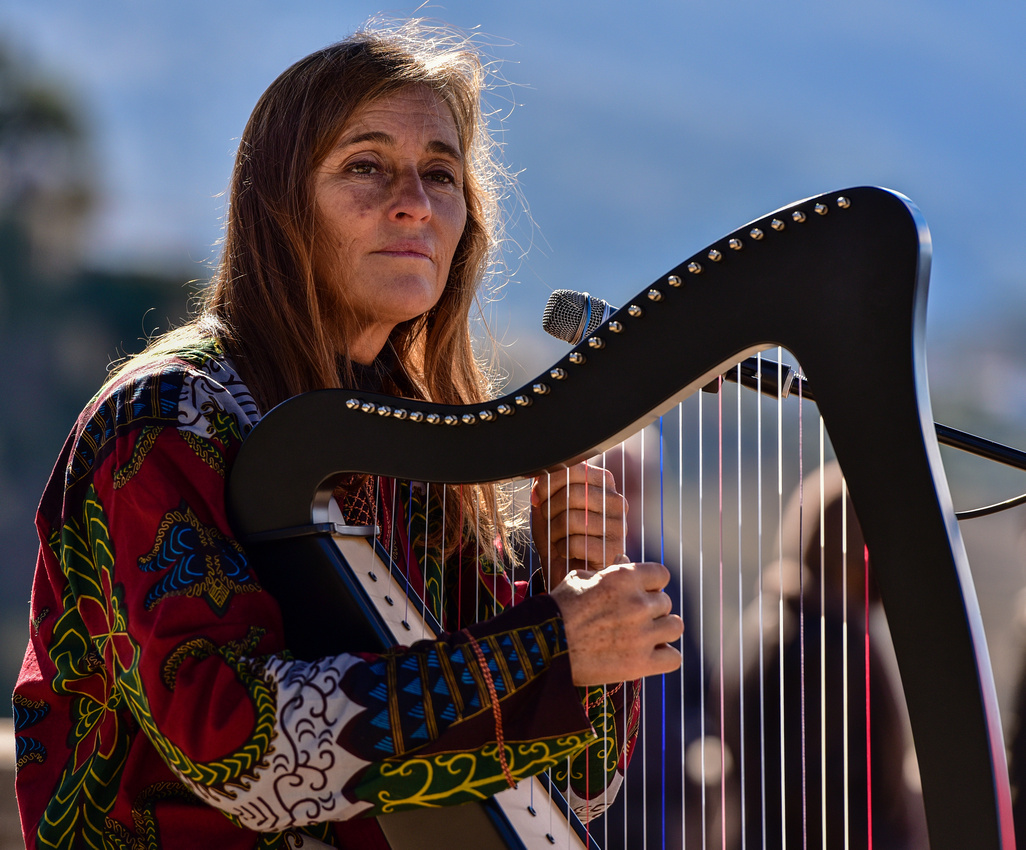

Looking east from town.

 Setenil de las Bodegas is famous for its dwellings built into rock overhangs above the Río Guadalporcún.
Setenil de las Bodegas is famous for its dwellings built into rock overhangs above the Río Guadalporcún.
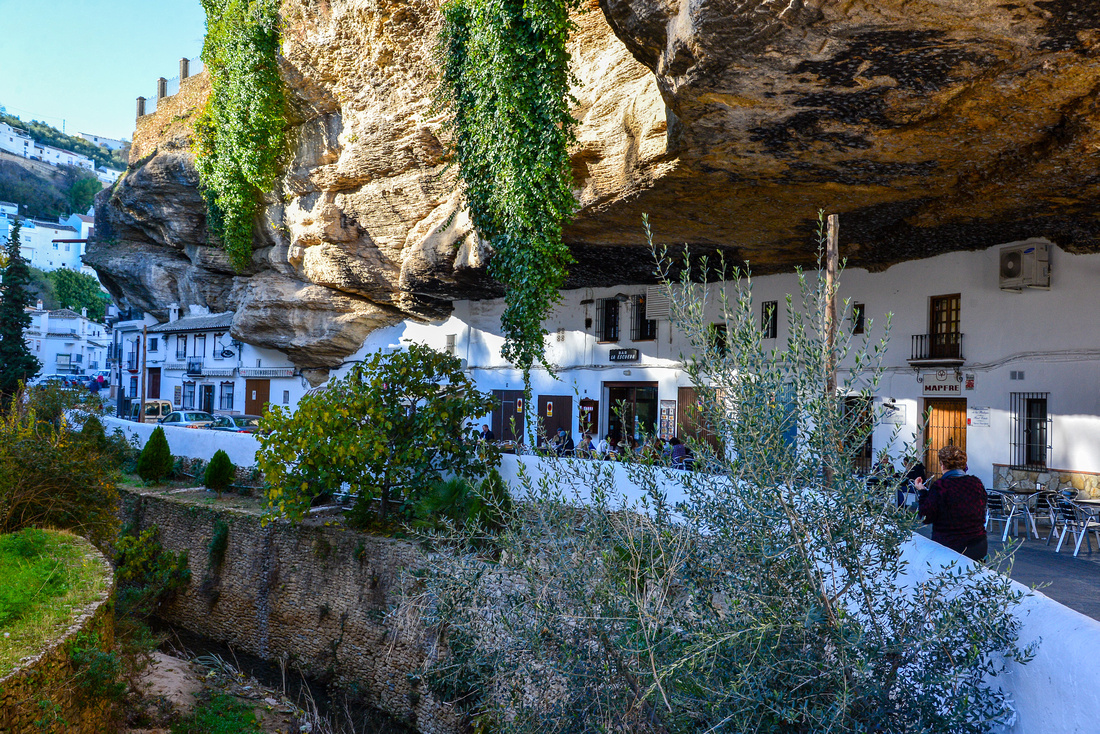

Gibraltar in the distance on the way home.

 The Costa del Sol is a well known holiday destination and the many apartments are a testament to this.
The Costa del Sol is a well known holiday destination and the many apartments are a testament to this.

 We spent two days with friends from South Africa in Marbella (30 k’s away) then caught the bullet train (up to 300 ks an hour) to Valencia.
We spent two days with friends from South Africa in Marbella (30 k’s away) then caught the bullet train (up to 300 ks an hour) to Valencia.
Valencia is the third-largest city in Spain after Madrid and Barcelona. It was founded as a Roman colony by the consul Decimus Junius Brutus Callaicus (moonlighting from Monty Python) in 138 BC. It also served as the capital of Spain between 1936 and 1937 during the Second Spanish Republic.
We walked a lot in Valencia, initially finding the large one hundred year old Central Valencia market








The Serranos tower is one of the twelve gates that formed part of the ancient Christian city wall. It was built in Valencian Gothic style at the end of the 14th century (between 1392 and 1398).

 Valencia’s Cathedral was consecrated in 1238.
Valencia’s Cathedral was consecrated in 1238.



 There is a tradition in Valencia that if a pregnant woman walks nine times around the inside of the cathedral she is ensured a good delivery and a healthy baby.
There is a tradition in Valencia that if a pregnant woman walks nine times around the inside of the cathedral she is ensured a good delivery and a healthy baby.


We climbed the Cathedral bell tower or Micalet and watched the sun set over the city.

 Below the Micalet the Turia fountain is situated in the Plaza de la Virgen.
Below the Micalet the Turia fountain is situated in the Plaza de la Virgen.

 We saw these in a deli window. I know them as pencil bait which I extracted, using a hooked piece of wire, from the Kromme estuary sands near St Francis Bay in South Africa in my youth. In Spain, known as razor clams, they are a delicacy – served grilled, in the shells, with hot garlic butter.
We saw these in a deli window. I know them as pencil bait which I extracted, using a hooked piece of wire, from the Kromme estuary sands near St Francis Bay in South Africa in my youth. In Spain, known as razor clams, they are a delicacy – served grilled, in the shells, with hot garlic butter.

 Street scenes
Street scenes






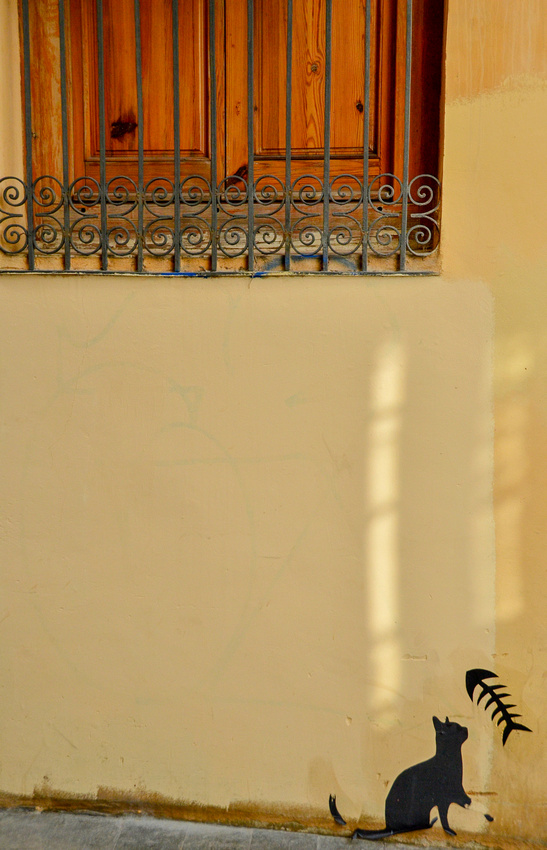






















 On our walking tour we discovered what was previously the course of the Turia River, which flooded three-quarters of Valencia in 1957 and was subsequently diverted. The old river bed now comprises parks, bridges and play grounds…
On our walking tour we discovered what was previously the course of the Turia River, which flooded three-quarters of Valencia in 1957 and was subsequently diverted. The old river bed now comprises parks, bridges and play grounds…

 …..as well as the City of Arts and Sciences. We arrived there at about 2 pm and left at seven. I’ll let the pictures describe it:
…..as well as the City of Arts and Sciences. We arrived there at about 2 pm and left at seven. I’ll let the pictures describe it:






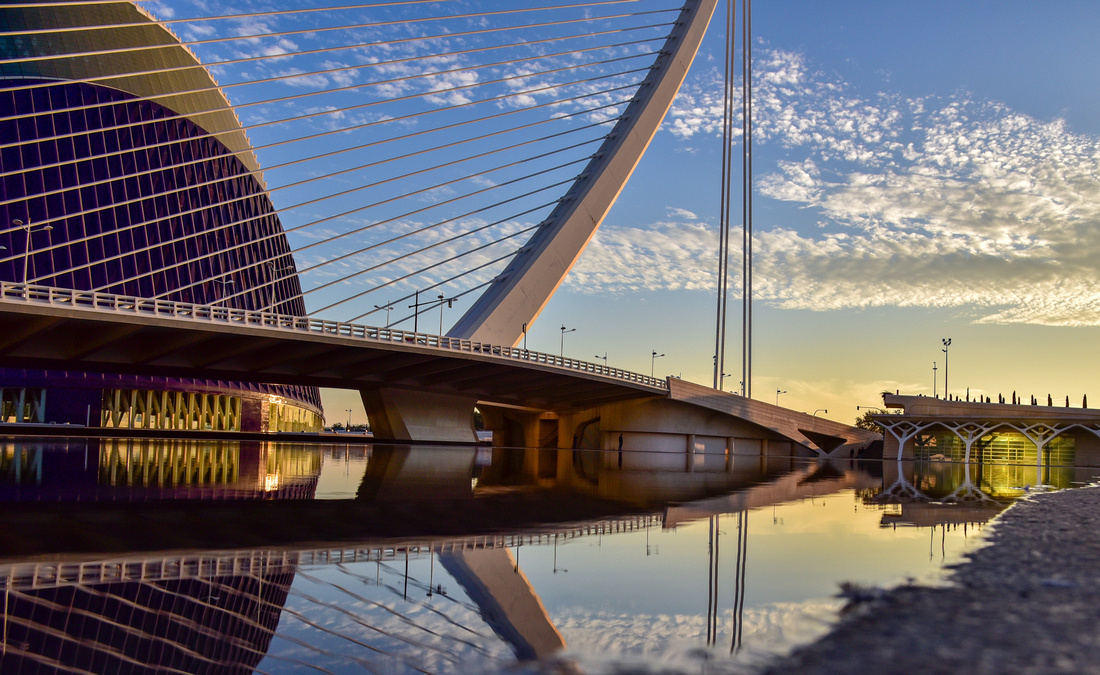

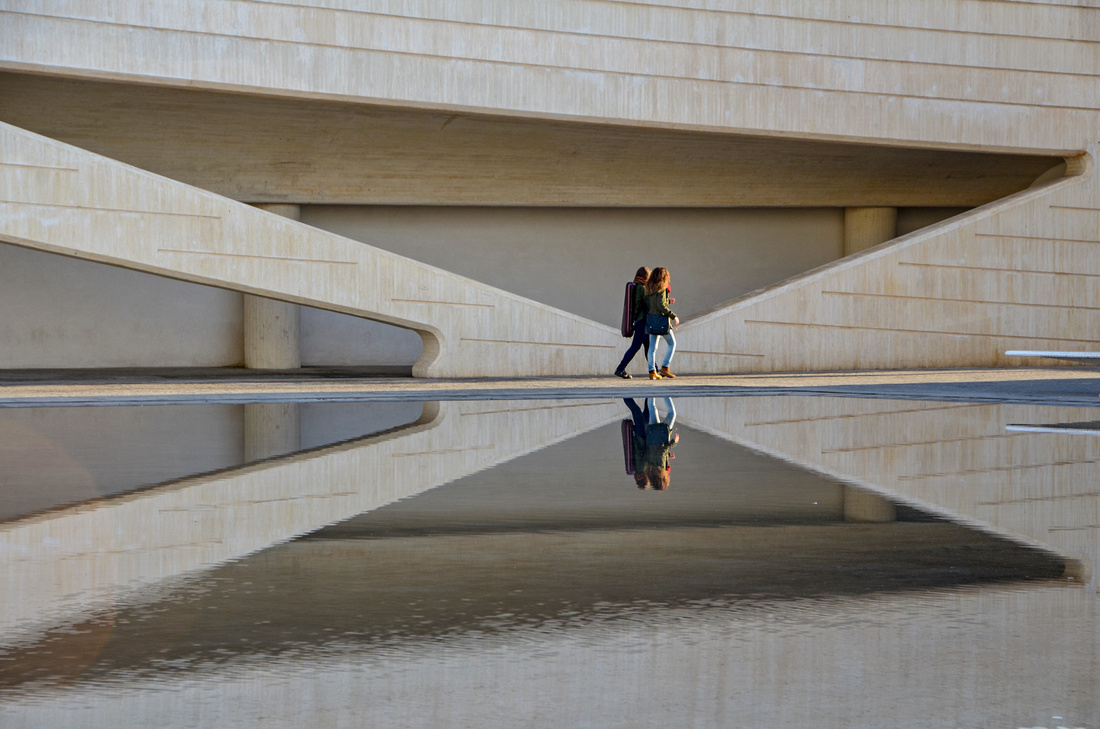










 We extended our love affair with the bullet train and continued onto Barcelona, then hiring a car and driving up the Costa Brava coast north of Barcelona to a small seaside town Tamariu.
We extended our love affair with the bullet train and continued onto Barcelona, then hiring a car and driving up the Costa Brava coast north of Barcelona to a small seaside town Tamariu.

 It was early December at that stage so the town was very quiet. The coast in this area is beautiful.
It was early December at that stage so the town was very quiet. The coast in this area is beautiful.




We stopped off at Salvador Dali’s house in Port Lligat to the north of Timariu.
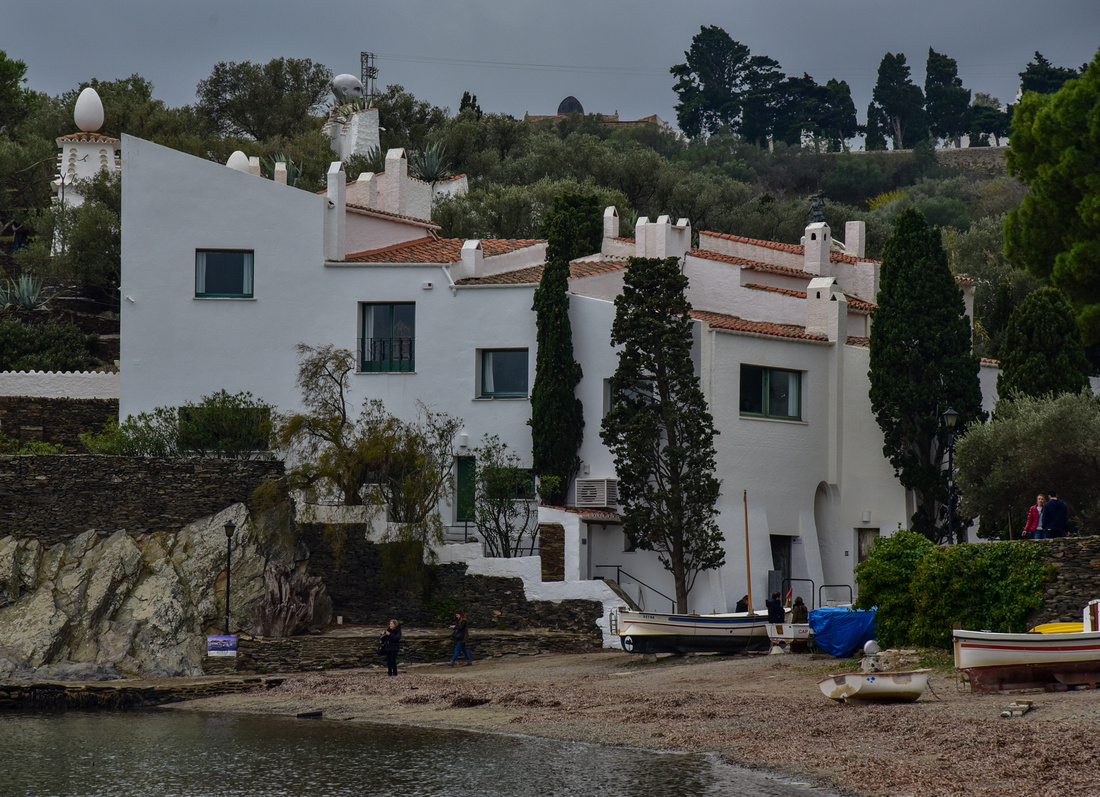
 The guide showed us a tiny bamboo cage attached to a wall where apparently Salvador Dali kept a cricket, because he liked the chirping sound!
The guide showed us a tiny bamboo cage attached to a wall where apparently Salvador Dali kept a cricket, because he liked the chirping sound!


The house was certainly interesting.
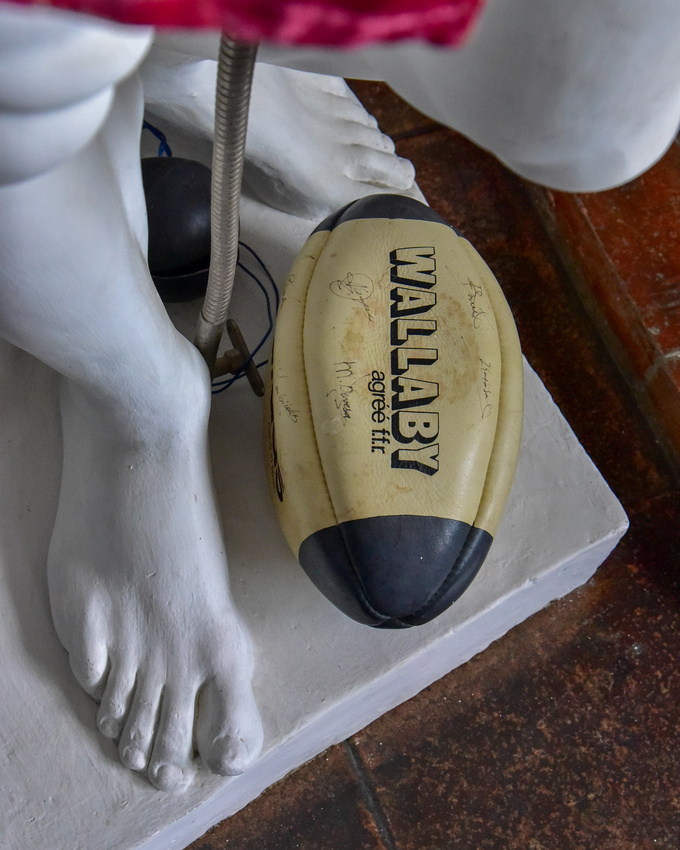











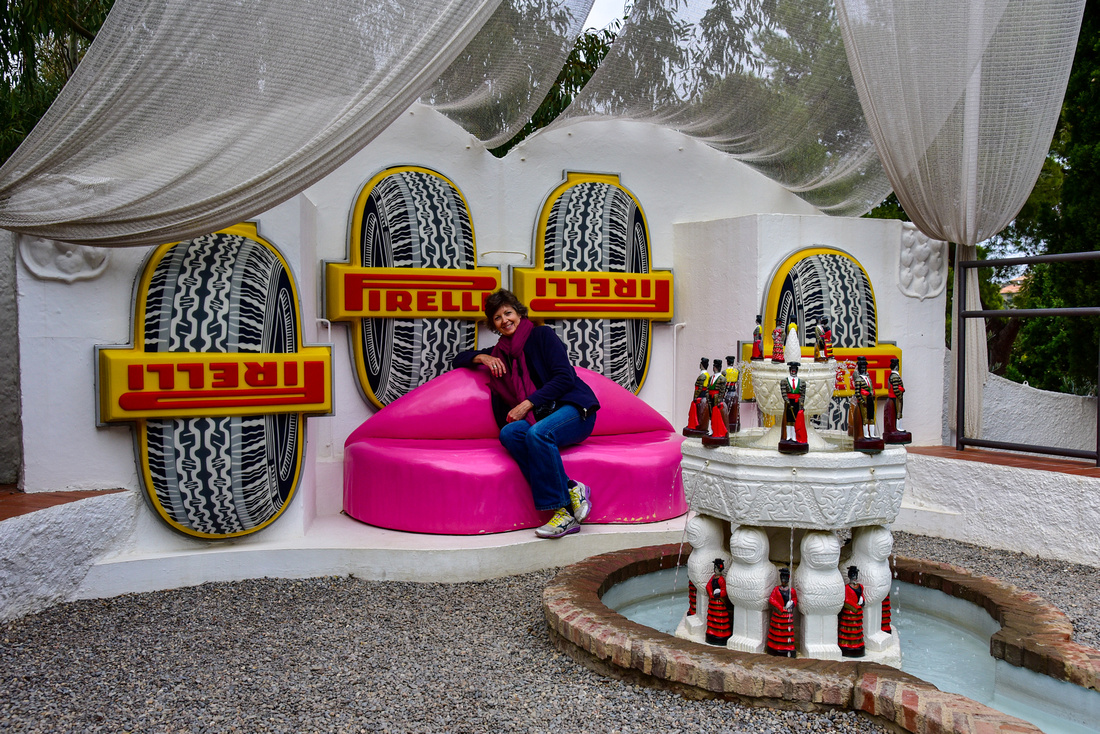


 We drove up to Cape Creus, a dry wind beaten, very convoluted rocky peninsula, from where you can see France, in our case though, not that easily through the haze.
We drove up to Cape Creus, a dry wind beaten, very convoluted rocky peninsula, from where you can see France, in our case though, not that easily through the haze.

 We spent a day down the coast at Tossa de Mar, a laid back simple beach town. The Vila Vella medieval castle, part of the walled in old town, lies at the end of the beach.
We spent a day down the coast at Tossa de Mar, a laid back simple beach town. The Vila Vella medieval castle, part of the walled in old town, lies at the end of the beach.



 A view from the castle
A view from the castle

 It was market day
It was market day

 The dull day led to an interesting photo of a yacht appearing to be suspended in mid-air.
The dull day led to an interesting photo of a yacht appearing to be suspended in mid-air.

 What you can and can't do on the beach (worse than Australia!)
What you can and can't do on the beach (worse than Australia!)





 Something we never saw anywhere else in our travels - certainly a good idea
Something we never saw anywhere else in our travels - certainly a good idea


After five peaceful days up north we made our way back to Barcelona via Montserrat, a mountain top monastery outside the city.

 Santa Maria de Montserrat is a Benedictine abbey which hosts the Virgin of Montserrat, otherwise known as the Black Madonna
Santa Maria de Montserrat is a Benedictine abbey which hosts the Virgin of Montserrat, otherwise known as the Black Madonna












We found this amusing painting by Spanish artist Ramon Casas in a small museum on the site.

 The views from the monastery were impressive:
The views from the monastery were impressive:
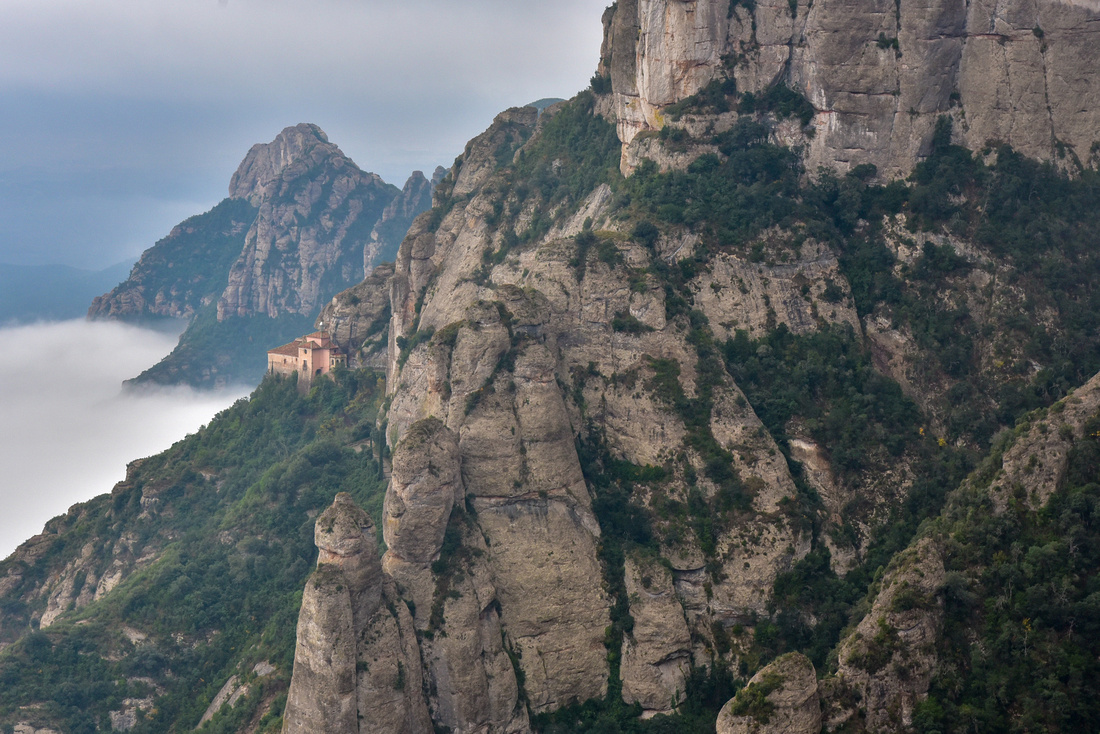



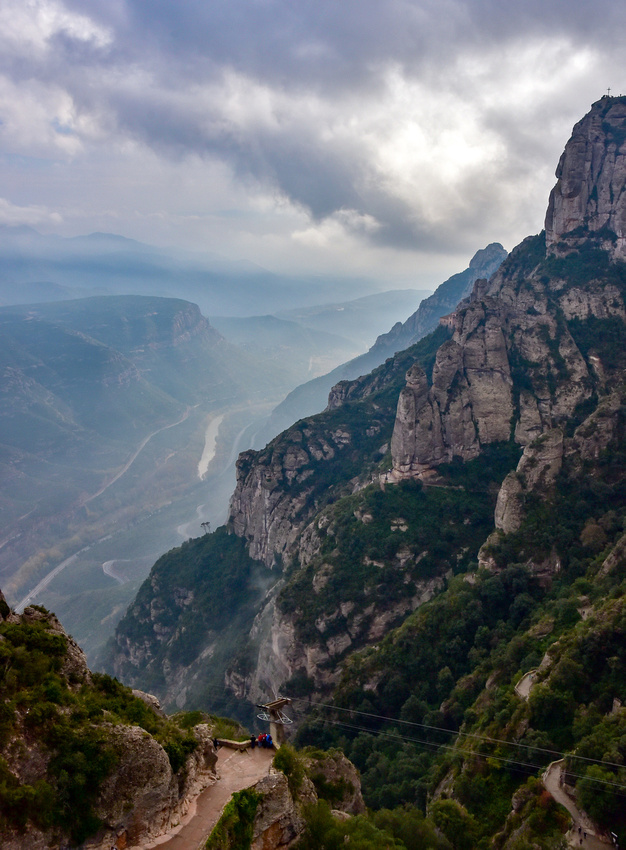

We dropped our car at the Barcelona airport and taxied into town to our accommodation which was close to an old hospital, now a monument, the Hospital de Sant Pau. The hospital closed in 2009.










The monument lies at one end of the Av de Gaudi, with the famous Sagrada Familia at the other end. The hospital is seen from Sagrada looking down the avenue.



 This was our second trip to Barcelona so we didn’t go inside the Sagrada Familia church, probably Barcelona’s most famous tourist attraction. The church was designed by Catalan architect Antoni Gaudí, with construction starting in 1882 and still on-going, as seen by the cranes. It is projected to be completed in 2026.
This was our second trip to Barcelona so we didn’t go inside the Sagrada Familia church, probably Barcelona’s most famous tourist attraction. The church was designed by Catalan architect Antoni Gaudí, with construction starting in 1882 and still on-going, as seen by the cranes. It is projected to be completed in 2026.
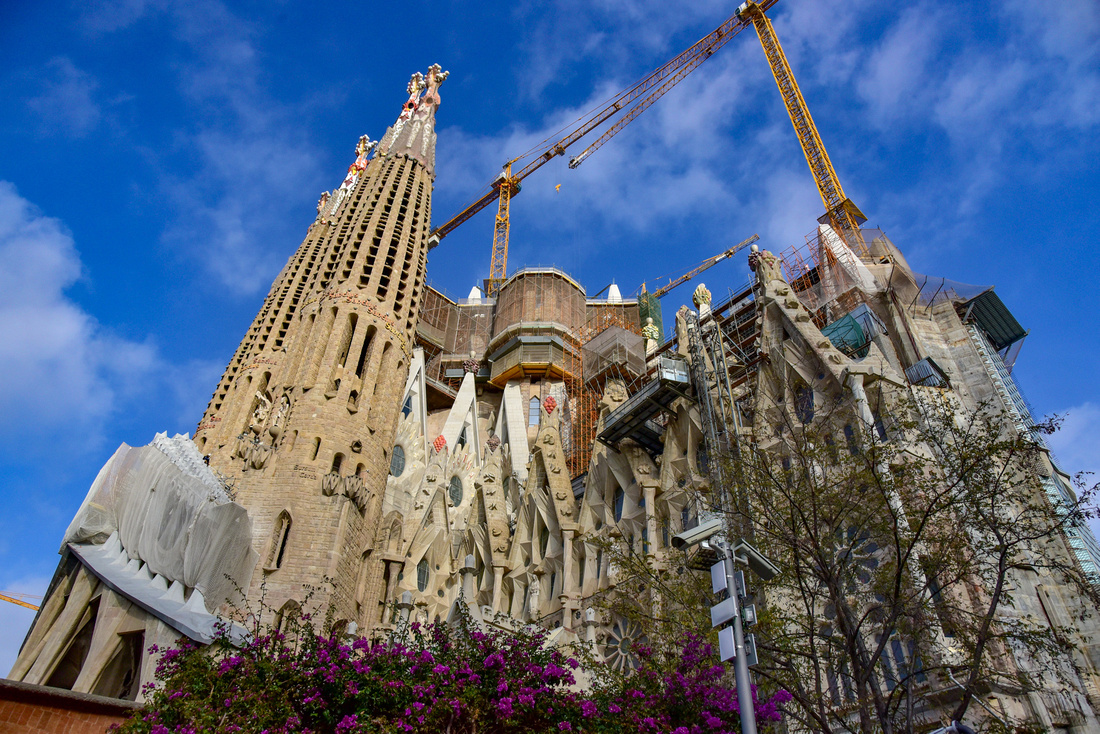
 Some exterior shots
Some exterior shots


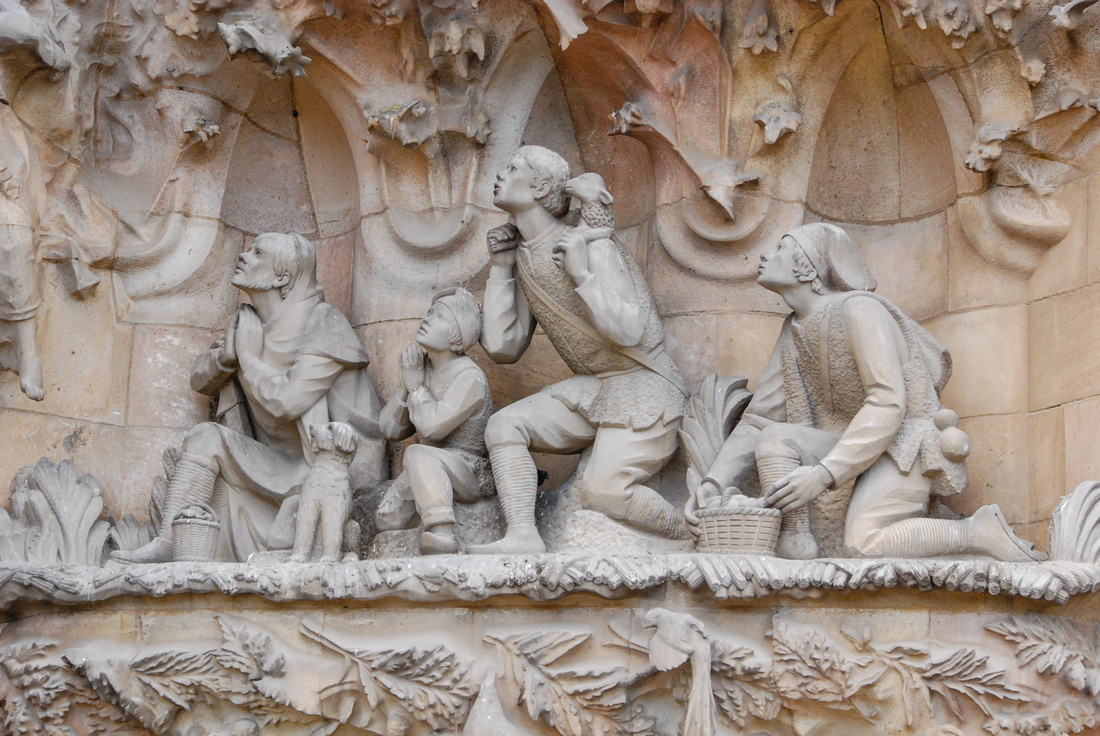




 Shots taken on our previous visit in 2012 illustrate how magnificent the interior is.
Shots taken on our previous visit in 2012 illustrate how magnificent the interior is.



 We visited a fascinating Gaudi designed house, Caso Battlo:
We visited a fascinating Gaudi designed house, Caso Battlo:
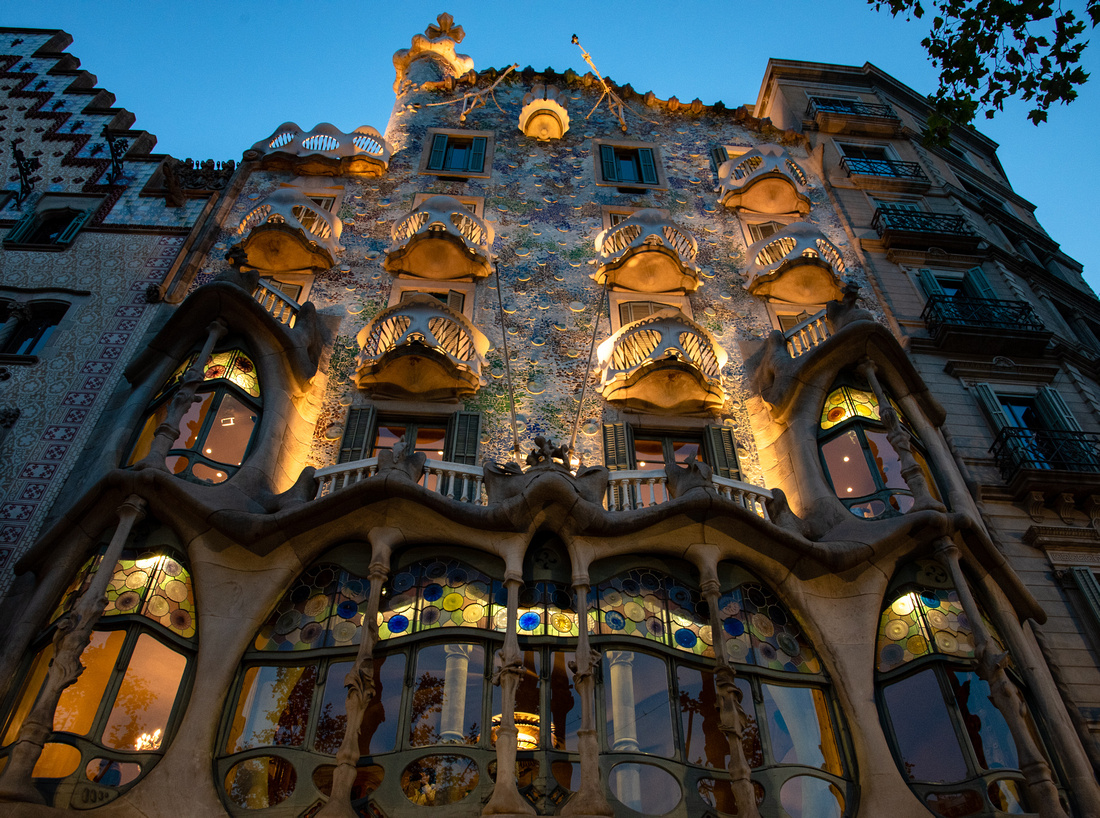



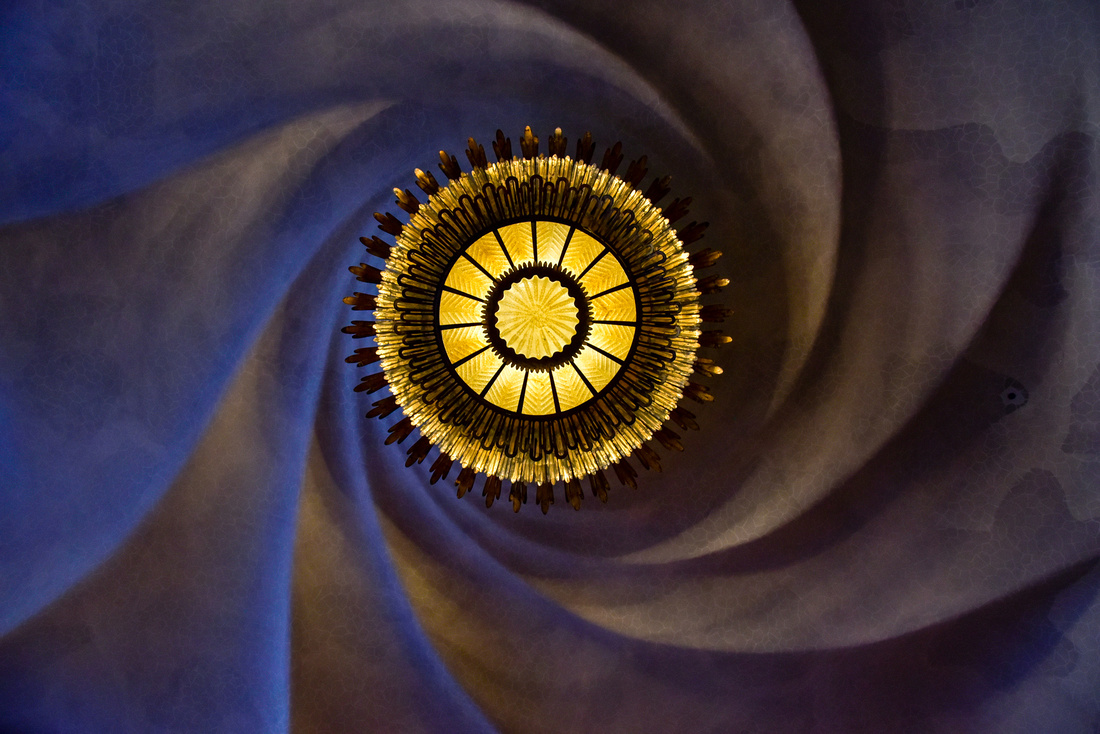

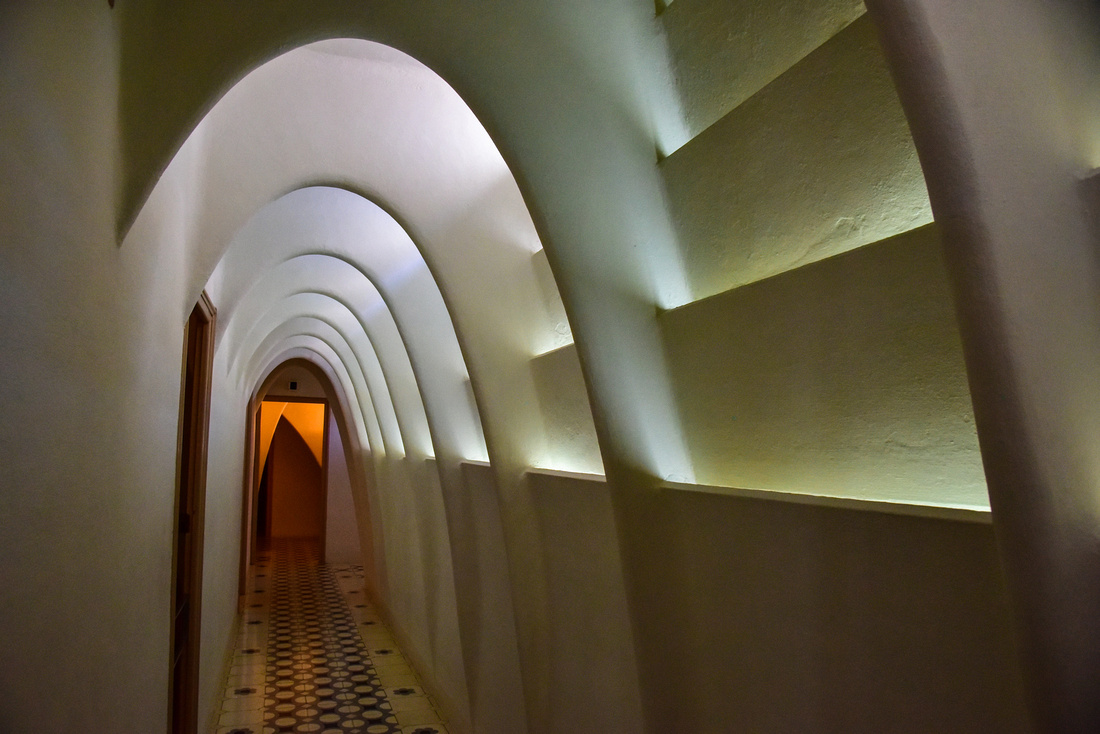



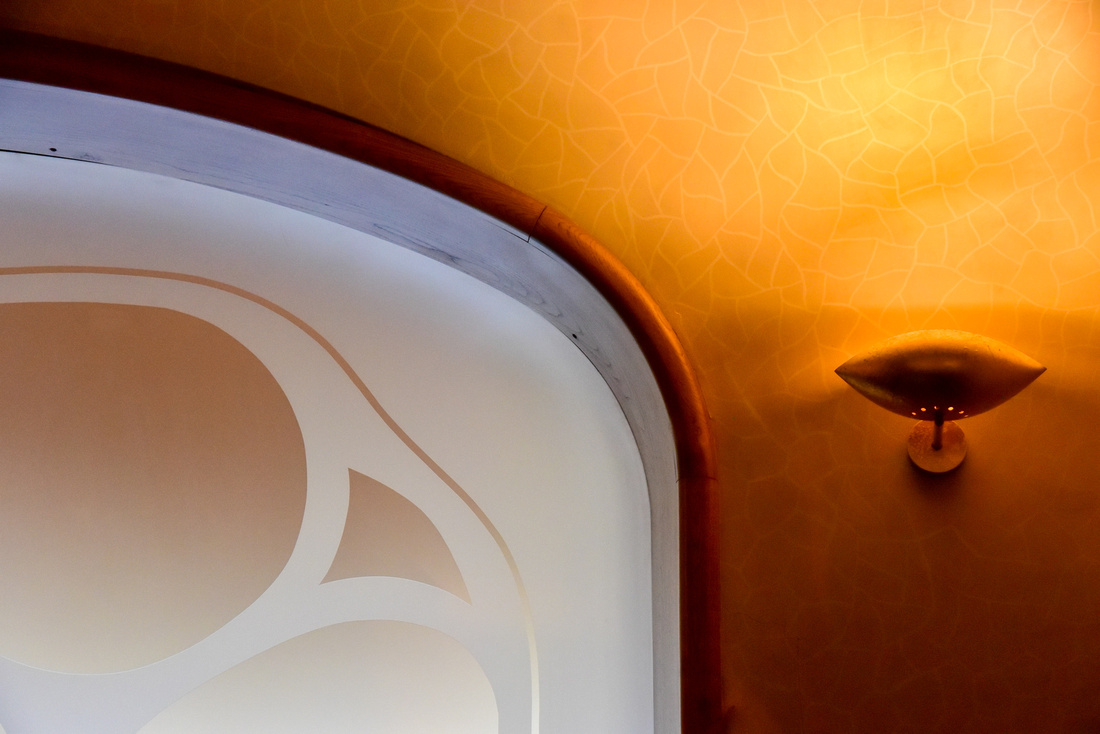

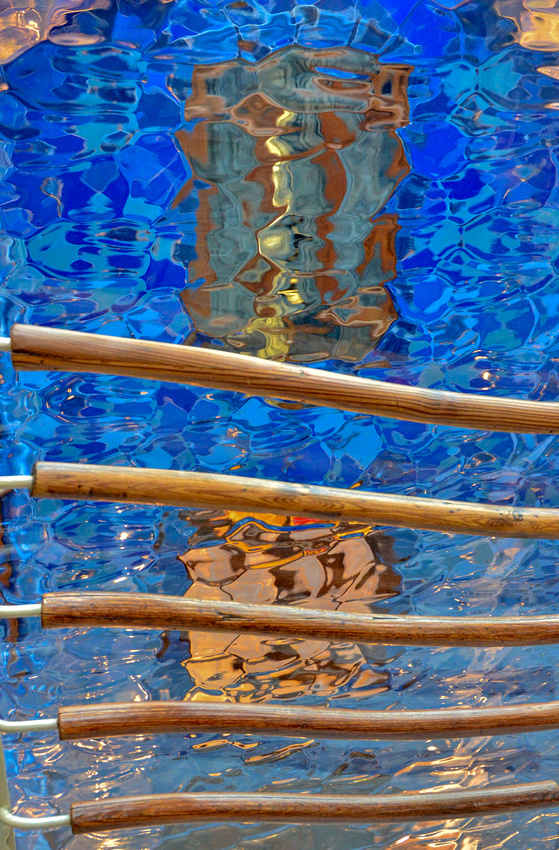

as well as the Gaudi Gardens, otherwise known as Parc Guell.






It was here I photographed this well dressed 50’s? girl.




There were plenty of these Tio de Nadal logs in the Christmas markets. Catalan mythology has it that if you place them in the fireplace or hit them with sticks they defecate presents!

 El Born Centre de Cultura I Memoria, is a novel way for residents and tourists to observe what a Roman village in the 1700's looked like while being under a roof and surrounded by shops.
El Born Centre de Cultura I Memoria, is a novel way for residents and tourists to observe what a Roman village in the 1700's looked like while being under a roof and surrounded by shops.

 One evening, we caught a train to the magic fountains of Montjuic. These fountains have been entertaining residents and visitors since 1929.
One evening, we caught a train to the magic fountains of Montjuic. These fountains have been entertaining residents and visitors since 1929.






Barcelona signaled the end of our Africa, Europe and Canada trip during which we traveled from Australia to South Africa, Namibia, Italy, England, Scotland, Ireland, Canada, Portugal and Spain. The record of this adventure is found in the blog posts below. New Zealand is next - stay tuned.
PS – I thought a few photos from a previous trip to Granada and Seville would complete the Spanish experience.
Granada
Hotel Alhambra Palace where we stayed (early December rates!)


Shot from the hotel balcony


The Alhambra Palace
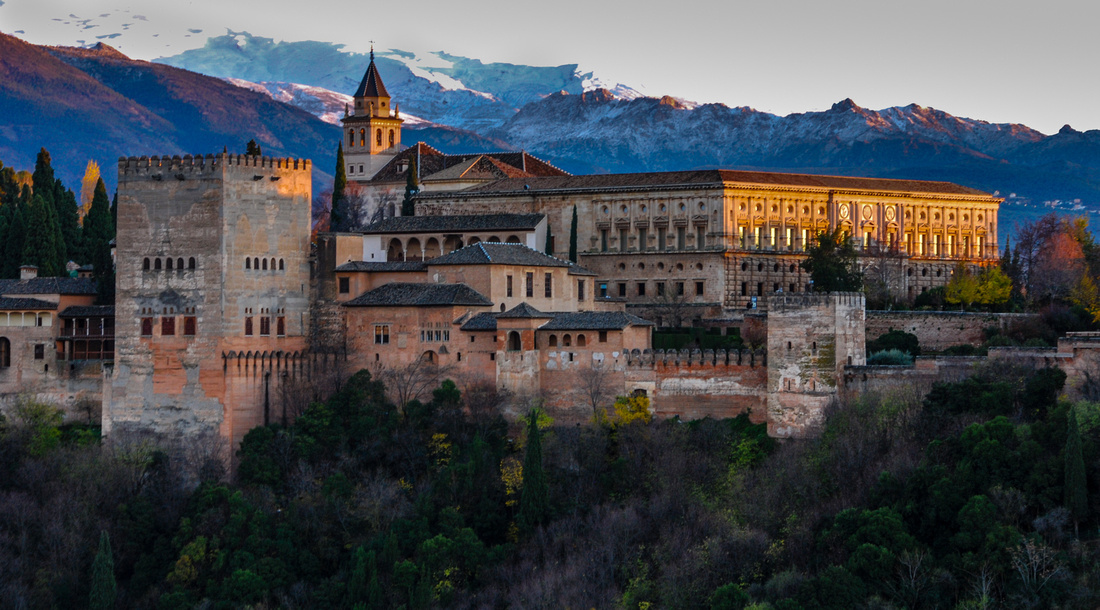

Inside the Palace


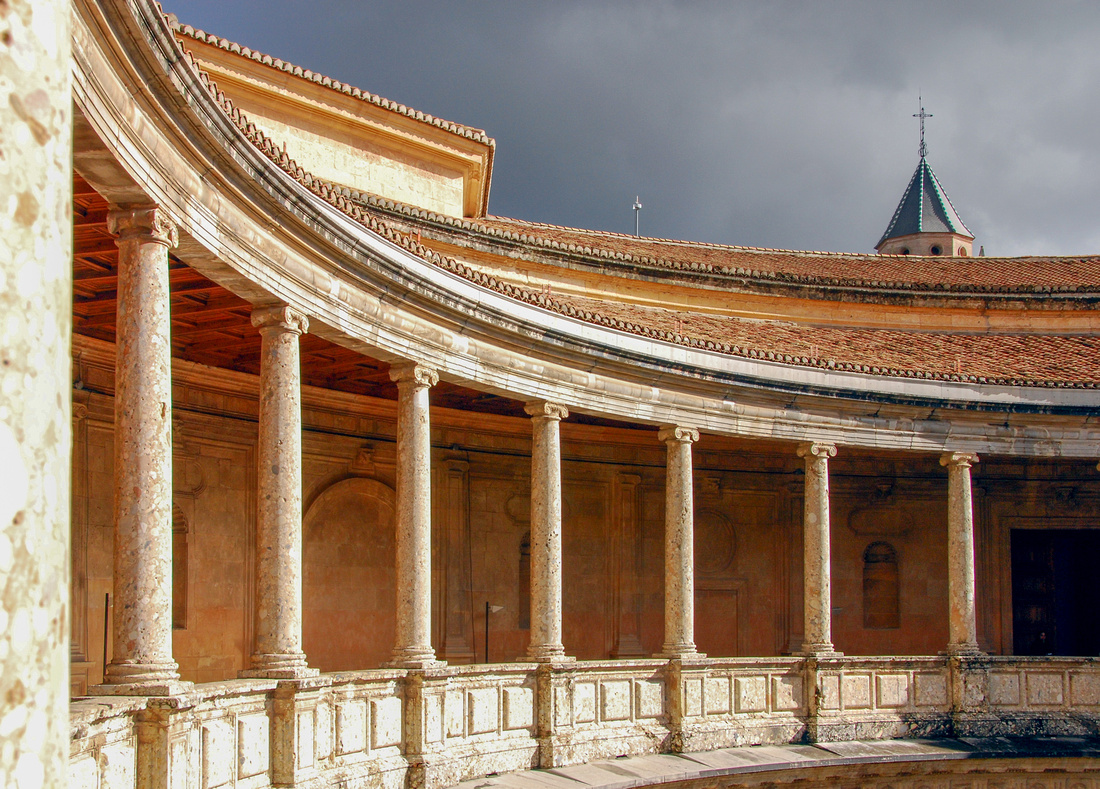



Seville
Alcázar Real de Sevilla' is the Royal Palace of Seville.

 The "Baths of Lady María de Padilla" are rainwater tanks beneath the Patio del Crucero.
The "Baths of Lady María de Padilla" are rainwater tanks beneath the Patio del Crucero.


The 'Catedral de Santa María de la Sede'
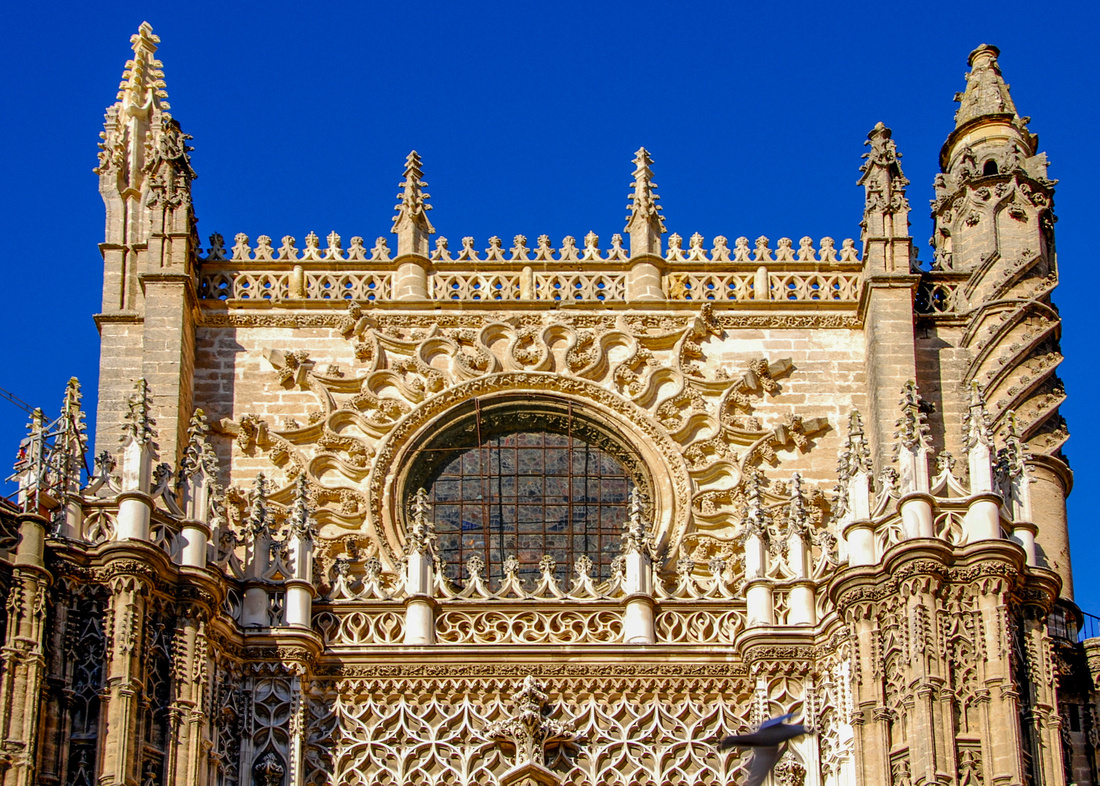
 the Giralda tower offers a view of the city
the Giralda tower offers a view of the city


The 'Plaza de España' was created for the Ibero-American exhibition of 1929

